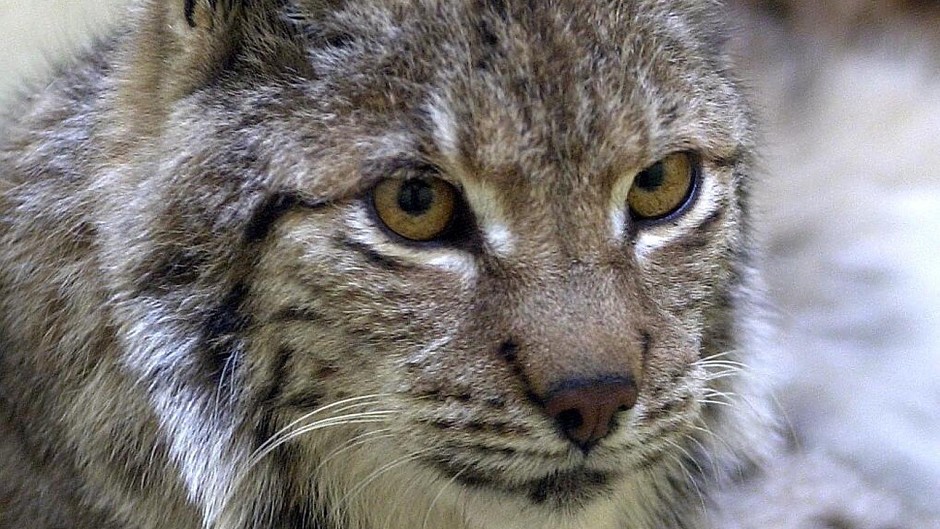A big cat extinct from the Scottish countryside for almost 1,500 years could present a risk to livestock if it is reintroduced in Aberdeenshire, experts have warned.
The owner of the Grumack Forest, at Succoth, near Huntly, has offered his land as a home for wild lynx – Europe’s third largest predator.
However, last night Scottish Natural Heritage (SNH) – the country’s leading body on Scottish nature and wildlife – said the animal’s impact on Aberdeenshire livestock would have to be assessed before any decision is made.
The Lynx UK Trust is dedicated to the reintroduction of the animal in the country and has this week launched a public consultation on its plans to bring the big cat to Scotland.
The Grumack Forest has been selected along with sites in Norfolk and Cumbria.
The trust will apply for licences for a controlled trial later this year.
However, SNH has raised concerns for both people and wildlife.
Ron Macdonald, the body’s director of policy and advice, said: “There are pluses and minuses to reintroducing any species.
“Lynx could, for example, help reduce deer numbers in Scottish woodlands but, on the other hand, some land use organisations have concerns about the impact of a reintroduction on livestock.
“We would look closely at the many factors involved and assess any proposal on its own merits.
“Any application would need to take into account the Scottish Code for Conservation Translocations, which is based on international guidelines.
“These guidelines cover many issues, including assessing habitat availability, the impacts on existing wildlife and people’s livelihoods, animal health and welfare, and public opinion.”
Andrew Bauer, deputy policy director at the National Farmers Union (NFU) Scotland said bringing in an “apex predator” would be a step change in Scottish wildlife re-introductions.
He added: “NFU Scotland would contribute to the required discussions, raising the views of its membership and would expect there to be significant questions asked of the Scottish Government and Scottish Natural Heritage as part of this process.”
Habitat loss and hunting led to the extinction of lynx from the country in the sixth century, and they are now mostly found in America, Canada, Russia and Scandanavia.
Under the proposed scheme, the animals would be released onto the private land and monitored round-the-clock to allow experts to see how they adapt to the environment.
The Grumack Forest’s owner, businessman Tony Marmont, said the species return would be “extremely beneficial”, adding: “I also believe we should try to reintroduce an animal that humans made extinct here.”
